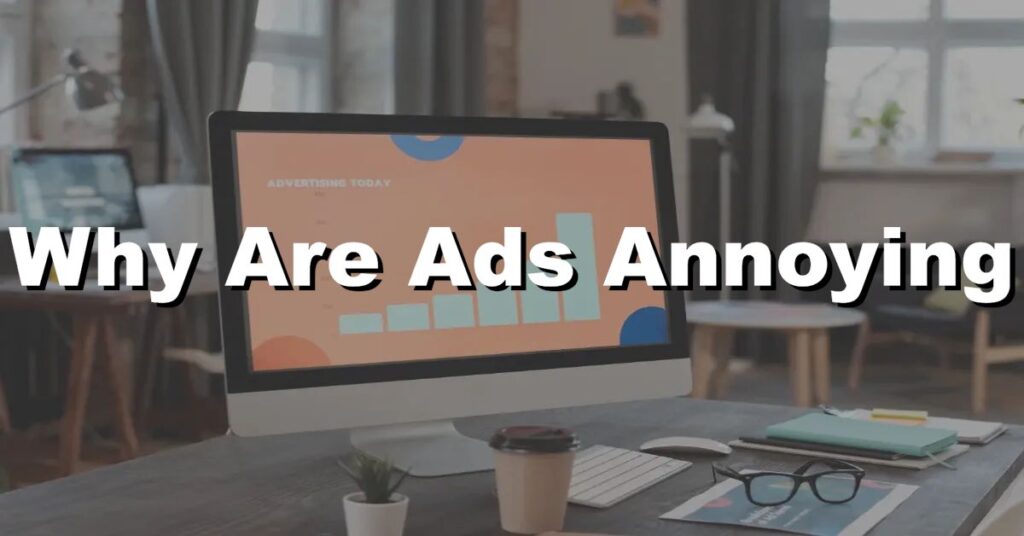Let’s face it, most of us find ads annoying. Whether it’s the repetition, the loudness, or the interruption of our favorite TV show, we’re often left with a negative impression of the advertised product.
In this article, we’ll examine the reasons why ads can be annoying and discuss how advertisers can create more engaging and less irritating ads.
The psychology behind annoying ads:
Understanding the psychology behind annoying ads is essential for advertisers to create more effective and engaging campaigns. Annoying ads often rely on attention-grabbing techniques, excessive repetition, or intrusive formats.
These tactics can elicit negative emotions, such as frustration or irritation, which can hinder the desired outcome of the ad.
Common characteristics of annoying ads:
Annoying ads tend to share certain characteristics that contribute to their negative perception. These may include loud and obnoxious sound effects, disruptive pop-ups or interstitials, irrelevant content, excessive length, or misleading claims. Additionally, ads that interrupt the user experience or interfere with content consumption are often perceived as annoying.
The impact of annoying ads on consumers:
Annoying ads can have a significant impact on consumers. They can create a negative brand perception, leading to ad avoidance, ad blocking, or even brand rejection. Consumers may develop a resistance to the advertised product or service, which undermines the ad’s effectiveness.
Moreover, annoying ads can harm the overall user experience, resulting in frustration and a diminished perception of the platform where they are displayed.
The future of advertising and its potential to be less annoying:
As the advertising industry evolves, there is a growing emphasis on delivering more relevant, personalized, and non-disruptive experiences to consumers.
Advertisers are increasingly focusing on providing value, entertainment, or utility to engage audiences positively. This shift toward more user-centric advertising aims to create a mutually beneficial relationship between brands and consumers, reducing the annoyance factor.
Innovations such as native advertising, influencer marketing, and interactive ad formats offer opportunities to create less intrusive and more engaging ad experiences. Moreover, advancements in targeting capabilities and data-driven insights enable advertisers to deliver ads that are better aligned with individual preferences, minimizing the likelihood of annoyance.
By prioritizing user experience, relevance, and creativity, the future of advertising holds the potential to deliver more enjoyable and meaningful interactions for consumers while achieving the desired marketing objectives.
Conclusion
In conclusion, while advertising is a necessary part of the modern economy, it can be perceived as annoying or intrusive when it disrupts the user experience.
However, not all ads are created equal, and businesses that invest in creating high-quality, relevant, and engaging ads can minimize the annoyance factor and even make ads enjoyable to watch. Consumers can also take steps to reduce the annoyance of ads, such as using ad-blocking software or opting out of personalized ads.

